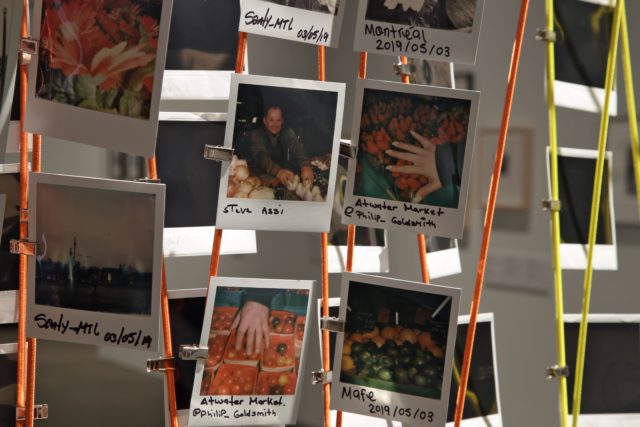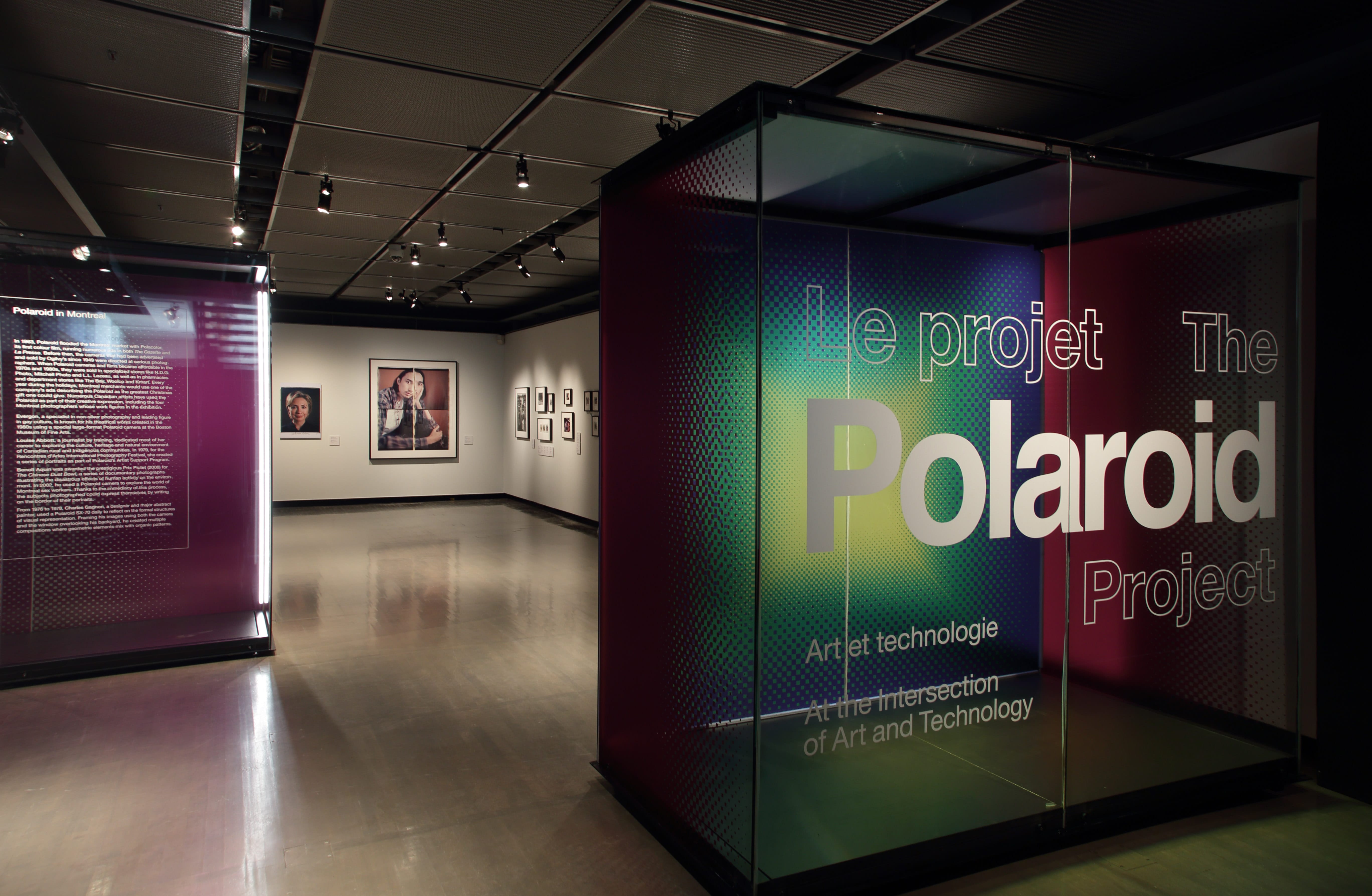The McCord Museum is hosting the Canadian premiere of The Polaroid Project, an international exhibit organized by the Foundation for the Exhibition of Photography, until September 15. Located steps away from campus, the McCord is Montreal’s museum of social history, housing exhibitions such as Wearing Our Identity: The First Peoples Collection and an artist-in-residence program.
The exhibit focuses on the Polaroid, an innovative medium for its time that rested at the intersection of art and technology. The first form of instant photography, it changed the way artists could interact with their work. Unlike any camera before, Polaroids provided instant feedback in the form of a physical object in one’s hands. This physical object allowed artists to experiment with the way they displayed their photographs just seconds after, leading Polaroids to become popular among photo-collage creators. The Polaroid Project allows visitors to witness the evolution of the camera itself alongside the evolution of the work it produced, showing how art and technology were intertwined in every step of the process.
As the cameras became more affordable in the 1970s and 80s, individuals began to purchase them for personal use. For the first time, a photo medium became accessible to the general public — they could capture personal moments and retain memories without hiring a photographer. Since there was no developing process or third-party photographer in the way, individuals were able to capture and exchange personal photos with a degree of privacy not afforded by traditional photographic methods. For this reason, LGBTQ+ communities also became drawn to the medium. In many ways, the Polaroid revolutionized photography for both artists and amateurs. Although the Polaroid corporation closed in 2001, its legacy continues to live on.
While the exhibit does display work from renowned artists such as Andy Warhol and Robert Mapplethorpe, the McCord Museum chooses to focus on Montreal photographers in particular, including Louise Abbott and Benoit Aquin. Abbott’s work focuses on rural and Indigenous communities and the struggles that they face as a result of environmental changes. The photographs provide a first-hand look into experiences that are not typically well-documented. However, some aspects of Abbott’s work are troubling: she equates the minority status of Inuit and Cree communities with the English-speaking community in Quebec and rural communities. This comparison diminishes the real struggles that Indigenous communities face as a result of colonial practices — something that is wildly different from the inconveniences that English speakers and rural inhabitants of Quebec face.
Aquin’s contribution to the exhibit, on the other hand, is a series of photographs depicting sex workers in Montreal, featuring commentary from the women themselves. Unlike other artists’ depictions of sex work, visitors are able to connect with their thoughts and feelings, humanizing an often stigmatized profession. “To be an escort, you have to love adventure, people, and ass,” one Polaroid reads. Another says, “[you’re] all scum BAGS… everyone knows pussy’s FREE… that’s why they’re called TRICKS.”
Another artist whose work is featured in the exhibit is Evergon, a Canadian photographer/photo-collage artist and professor at Concordia University who focuses on themes such as sexuality and gender expression. He is known for challenging norms through unconventional depictions of male figures. A big fan of the Polaroid, Evergon said that “the closure of Polaroid in 2001 was the day the music died.”
The final artist spotlight in the exhibit is Charles Gagnon, who is known for analyzing formal structures of visual representation. His work differs from the other artists as he focuses on art forms and techniques rather than a human subject. His pieces in The Polaroid Project are also examples of his research on formalist structures. Gagnon’s work rounds out the exhibit, exposing visitors to a variety of uses for the Polaroid and revealing its potential as a medium.

The McCord allows visitors to interact with and contribute to the exhibit. Just outside the main exhibition room, The Polaroid Project ends with a mosaic of Polaroids compiled from donations to the museum following a request in April. Personal moments, like trips to Atwater Market and childhood memories, hang from multi-coloured ropes, providing contrast to the fine art in the other room. The museum also offers a drop-box for photographs and provides Polaroid cameras on loan to continue with the creation of this installation. Preceding and throughout the run of the exhibit, the museum has hosted photography workshops in partnership with community organizations, such as Gender Creative Kids, to expand the collection and show the diversity of Montreal’s continued social history. Overall, the exhibit provides insight into a period of significant social, artistic, and technological change.
The Polaroid Project exhibit can be experienced at the McCord Museum until September 15. Student tickets are $14, with a period of free admission after 5 pm on Wednesday nights. For more information, visit https://www.musee-mccord.qc.ca/en/exhibitions/the-polaroid-project/.
